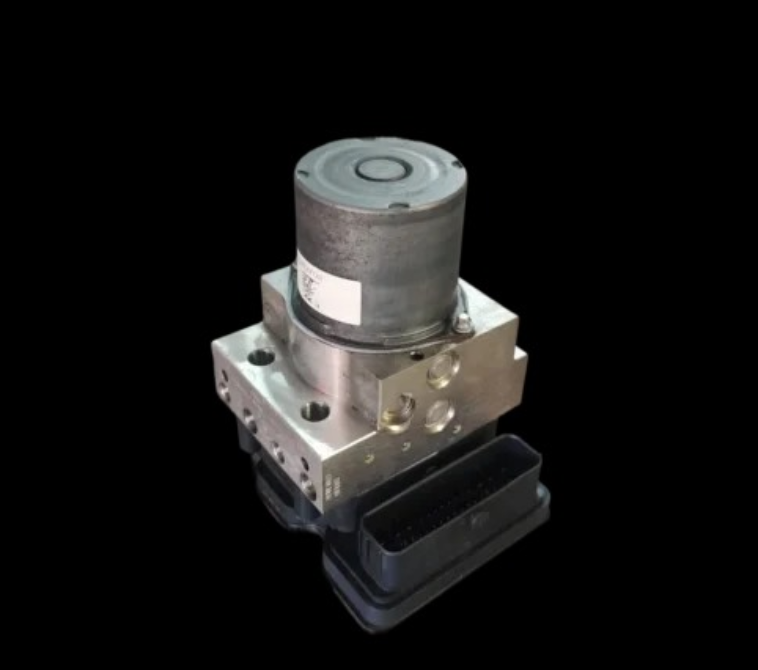ABS Warning Light: Frequently Asked Questions Answered
The moment your ABS warning light appears on the dashboard, it’s natural to feel confused or concerned. While it may not cause immediate braking failure, it signals an issue that deserves your attention.
To help demystify this important safety alert, here’s a comprehensive Q&A guide that tackles the most common questions drivers have when the ABS light comes on.
❓ What does the ABS warning light actually mean?
The ABS warning light alerts you to a malfunction within your vehicle’s Anti-lock Braking System. This system is designed to prevent your wheels from locking up during sudden or hard braking, especially on slippery surfaces. When this light turns on, it typically means the system is either partially or fully disabled.
You still have basic braking ability, but the enhanced safety that ABS provides is no longer functional.
❓ Can I still drive with the ABS light on?
Yes, you can still drive your vehicle, but with caution. The standard brakes will continue to work as usual. However, if you need to stop suddenly or drive in wet, icy, or loose road conditions, your wheels might lock up, reducing your control.
Driving long-term with the ABS disabled is not recommended. It increases the risk of skidding and accidents in emergency situations.
❓ What are the most common causes of the ABS light coming on?
Several components can trigger the ABS warning light. Some of the most common causes include:
- Faulty wheel speed sensor: The most frequent issue. These sensors measure how fast each wheel is rotating and feed that data to the ABS module.
- Damaged sensor wiring: Corroded, disconnected, or broken wires can stop signals from reaching the ABS module.
- Low brake fluid: Some vehicles trigger the ABS light when brake fluid drops below safe levels.
- Malfunctioning ABS module: The brain of the ABS system can fail electronically or mechanically.
- Blown fuse or bad relay: These electrical faults can shut down the ABS system entirely.
❓ How can I tell what’s wrong with my ABS system?
The best way to diagnose the problem is by using an OBD-II diagnostic scanner that can read ABS-specific fault codes. These tools are available at auto parts stores or online and can provide instant insight into which part of the system is causing the issue.
If you’re not comfortable doing this yourself, many repair shops or auto parts stores offer free diagnostic scans.
❓ Will the ABS light reset on its own after the issue is fixed?
In some cases, yes — if the issue was minor or intermittent (e.g., a loose connection), the light may turn off automatically once the fault clears.
However, most of the time, the light remains on until it is manually reset using a diagnostic tool, even after the repair is complete.
❓ Can I reset the ABS light without fixing the problem?
Technically, yes — you can clear the fault code using a scanner or by disconnecting the battery for several minutes. But this is not recommended.
If the underlying issue is not resolved, the light will likely come back. More importantly, clearing the code doesn’t fix the safety risk — it only hides it.
❓ Is the ABS light the same as the brake warning light?
No. These are two different warnings:
- The ABS warning light indicates a problem with the anti-lock braking system.
- The brake warning light (usually red) points to critical brake issues, like low fluid, a failing master cylinder, or the parking brake being engaged.
If both lights appear together, it could signal a major brake system failure, and the vehicle should not be driven until inspected.
❓ How much does it cost to fix an ABS problem?
Costs can vary depending on the cause:
- Wheel speed sensor replacement: $80–$250 per wheel
- ABS module replacement: $500–$1,200
- Brake fluid top-up or flush: $80–$150
- Labor and diagnostics: $50–$150 (often waived if you proceed with repair)
Catch the problem early, and you may avoid expensive replacements.
❓ Can I fix an ABS issue myself?
If you’re mechanically inclined, you can fix certain ABS problems at home. For example:
- Replacing a wheel speed sensor is often straightforward and only requires basic tools.
- Topping up brake fluid is simple and inexpensive.
However, more advanced repairs — like ABS module or pump issues — are best left to professionals due to the complexity and safety implications.
❓ Will driving with the ABS light on fail a vehicle inspection or MOT?
In many regions, yes. An illuminated ABS warning light is often considered a safety defect and can lead to a failed inspection or MOT test.
Inspectors will view the non-functioning ABS system as a risk to the driver and others on the road. Addressing the issue beforehand can save you from costly retests.
❓ What happens during an emergency brake if the ABS isn’t working?
Without ABS, hard braking can cause the wheels to lock up, especially on slick or loose surfaces. When this happens:
- Your car may skid uncontrollably
- You might lose steering control
- Stopping distance can increase significantly
ABS helps you brake and steer at the same time. Without it, both actions become harder under stress — especially for inexperienced drivers.
❓ Can bad weather cause the ABS light to come on?
Indirectly, yes. Wet or icy conditions can affect wheel sensors by:
- Allowing dirt, debris, or salt to coat the sensor
- Causing corrosion in connectors or wiring
- Triggering temporary faults due to wheel slippage
After such conditions, it’s a good idea to clean your wheel sensors or have them inspected if the ABS light appears.
✅ Conclusion: Take the ABS Light Seriously, Even If Your Brakes Seem Fine
The ABS warning light might not be as dramatic as a check engine light, but its importance can’t be overstated. It’s a warning that your vehicle’s safety systems aren’t at 100% — and in a real-world emergency, that missing 10% could be the difference between control and catastrophe.
By understanding what the ABS light means, how to respond, and what to expect from repairs, you’re already one step ahead. Safe driving starts with informed driving — and now, you’ve got the answers.






